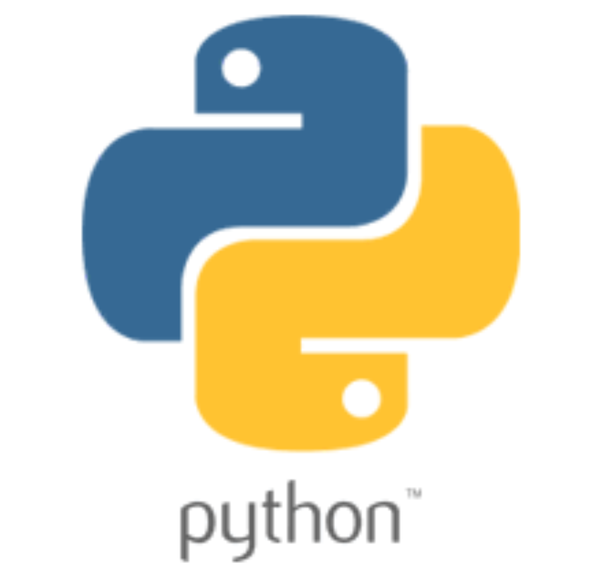Programming in Python
BEES 2023

What we will cover
-
An introduction to programming in Python
-
An introduction to theoretical problems in computer science

Sample Code
# Hello world program - this is a comment
# (it's just to make the code readable)
print("Hello, world!") A bigger example
## A basic program
# Inputs - let's ask the user to input two numbers and
# call them x and y (x and y are called variables)
x = float(input("Please enter a number: "))
y = float(input("Please enter another number: "))
# Doing stuff
z = x + y # Add the inputs together
# Outputs
# Let's print the result
print("The sum of your two inputs is:", z)Programming Notebooks
- Collaboratory: Python notebooks can be edited and run in your web browser using Google Collaborator: https://colab.research.google.com
Other ways to run python
- Interactively via interpreter
- Via a Dev environment (Pycharm demo)
comments
# This is a comment
# Code can be hard to read, and yet you
# often have to edit and maintain code over time.
# Comments let you keep notes in your code.
# Rule of thumb: Good code is often about 50% code and 50% comments
# It is amazing to read code you wrote last year - you
# likely won't remember how it works without comments!
# 80 Character limit: Because some text editors don't automatically line-wrap it is a good idea to try to keep your comments to less than 80 or so characters by spreading them across multiple lines.
# Later on, we'll see comment strings, which are another way
# of documenting code.
Basic Types
-
In general, a type is the formatting of bits to represent a given information
-
Types impose constraints, e.g. ints are whole numbers only
Integer
Float
String
Boolean
Basic Types
# What's the "type" of 1?
# For now, just understand that we can use type()
# to find out the 'type' of any object in Python
type(1)
# Outputs <class, 'int'> or prints int
# Similarly, 5 is an integer (called an 'int')
type(5)
# Okay, so what's the type of a decimal?
type(3.142)
# And the type of 1.0?
# (there is no room for indecision/ambiguity in a programming language)
type(1.0)
# What about text?
type("hello")String type
# Strings can be expressed a bunch of other ways:
type("hello") # Double quotes
type('hello') # Single quotes
type("""hello""") # Triple double quotes
type('''hello''') # Triple single quotes
# We can embed single quotes in double quotes:
type("This is a string containing a 'single quoted substring'")
# Trying to embed single quotes
# in a single quoted string naively does not work
type('This is a string containing a 'single quoted substring'')
# And vice-versa, we can embed double quotes in single quotes:
type('This is a string containing a "double quoted substring"')
# Single and double quoted strings can't span multiple lines. This is an error
type('This is an
attempt to have a string on two lines')
Triple quotes
# Triple quotes (either single or double), allow embedding essentially anything,
# including spanning multiple lines:
type("""Boom, now
we can make crazy strings that ' nest quotes in quotes " " ' etc.
and which span multiple lines""")
# You will also see this a lot in Python code:
"""
A comment string.
These can be used to document some code
across multiple lines. We'll later see this at the top
of classes and functions as a standard way of giving
a description string.
"""
# Will print: " \nA comment string. \n\nThese can be used to document some code\n ... "Type Conversion
# It is useful to know that int, float and string types can be cross converted
type( int('5') ) # This int() turns the string into an integer
type( str(5) ) # We can also go back the other way
# Of course, this doesn't work because int() doesn't how to interpret 'foo'
int("foo")
# We can also convert between floats and ints, doing
# rounding as we go float --> int
int(5.999)
float(5)
# Prints 5.0putting it all together
Lecture 1 challenge
Questions?

BEES 2023 - Lecture 1
By Narges Norouzi
BEES 2023 - Lecture 1
- 353



